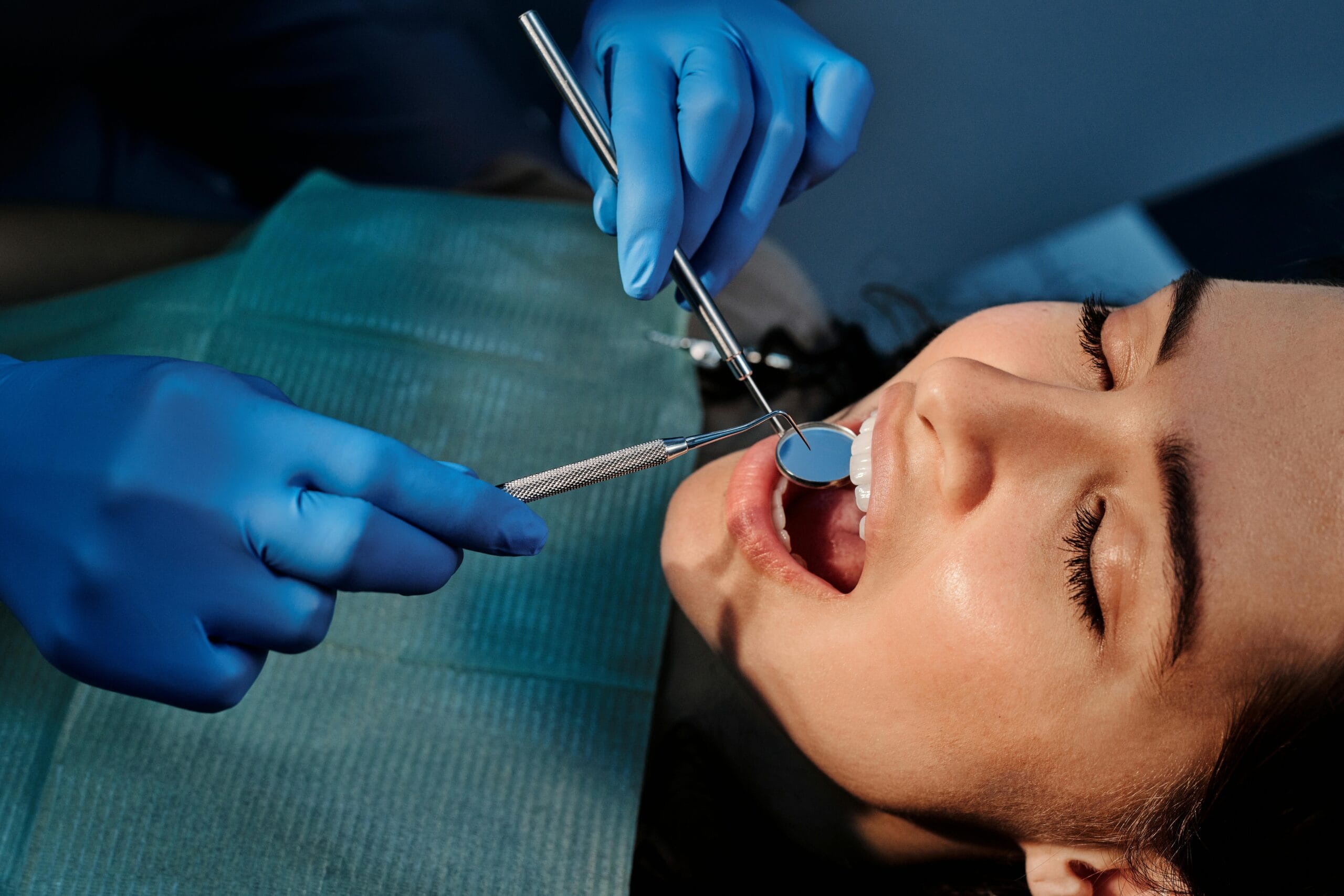Dental anxiety is a common barrier preventing many individuals from seeking necessary oral care. Sedation dentistry offers a solution, providing a relaxed and stress-free experience for patients. This comprehensive guide explores how sedation dentistry can alleviate dental fears, the types of sedation available, and what patients can expect during the process.
Understanding Dental Anxiety
Dental anxiety encompasses feelings of fear, stress, or unease associated with dental visits. It can stem from previous negative experiences, fear of pain, or a general discomfort with dental procedures. This anxiety can lead to avoidance of dental care, resulting in deteriorating oral health.
What Is Sedation Dentistry?
Sedation dentistry involves the use of medication to help patients relax during dental procedures. It’s particularly beneficial for individuals with dental anxiety, sensitive teeth, or those undergoing extensive treatments. Sedation can range from minimal relaxation to deep unconsciousness, depending on the patient’s needs and the procedure’s complexity.
Types of Sedation Used in Dentistry
- Nitrous Oxide (Laughing Gas): A mild sedative inhaled through a mask, inducing relaxation while keeping the patient awake.
- Oral Sedation: Involves taking a prescribed pill before the procedure, leading to drowsiness and reduced anxiety.
- Intravenous (IV) Sedation: Administered through a vein, allowing for deeper sedation levels and quick adjustments during the procedure.
- General Anesthesia: Used for complex procedures, rendering the patient completely unconscious and unaware during treatment.
Benefits of Sedation Dentistry
- Anxiety Reduction: Helps patients feel calm and comfortable, making dental visits more manageable.
- Pain Management: Enhances the effectiveness of local anesthesia, minimizing discomfort.
- Time Efficiency: Allows dentists to perform multiple procedures in one visit, reducing the number of appointments needed.
- Improved Dental Health: Encourages regular dental visits, leading to better overall oral hygiene.
Is Sedation Dentistry Right for You?
- Sedation dentistry is suitable for individuals who:
– Experience significant dental anxiety or fear.
– Have a low pain threshold or sensitive teeth.
– Require extensive dental work or multiple procedures.
– Struggle with a strong gag reflex.
Consulting with a dental professional, such as those at Dr. Gobran’s practice, can help determine the most appropriate sedation method for your needs.
Preparing for Sedation Dentistry
- Medical Evaluation: Provide a complete medical history and list of medications to your dentist.
Fasting: Follow your dentist’s instructions regarding food and drink intake before the procedure.
Transportation: Arrange for someone to drive you to and from the appointment, especially if undergoing moderate to deep sedation. - Post-Procedure Care: Plan for rest and avoid strenuous activities for at least 24 hours after the procedure.
Safety and Side Effects
While sedation dentistry is generally safe, potential side effects may include:
- Drowsiness
Dry mouth - Nausea
- Headache
These effects are typically mild and resolve shortly after the procedure. Your dental team will monitor you closely to ensure your safety throughout the process.
FAQs
Q1: Will I be unconscious during sedation dentistry?
A1: Not necessarily. Sedation levels vary; some methods keep you awake but relaxed, while others may induce sleep.
Q2: Is sedation dentistry safe?
A2: Yes, when administered by trained professionals, sedation dentistry is safe. Your dentist will assess your health to determine the best sedation option.
Q3: How long does the sedation effect last?
A3: It depends on the type of sedation used. Some wear off quickly, while others may take several hours.
Q4: Can children undergo sedation dentistry?
A4: Yes, sedation dentistry can be used for children, especially those with dental anxiety or special needs.
Q5: Will I feel any pain during the procedure?
A5: Sedation dentistry aims to minimize discomfort. Combined with local anesthesia, it ensures a pain-free experience.


